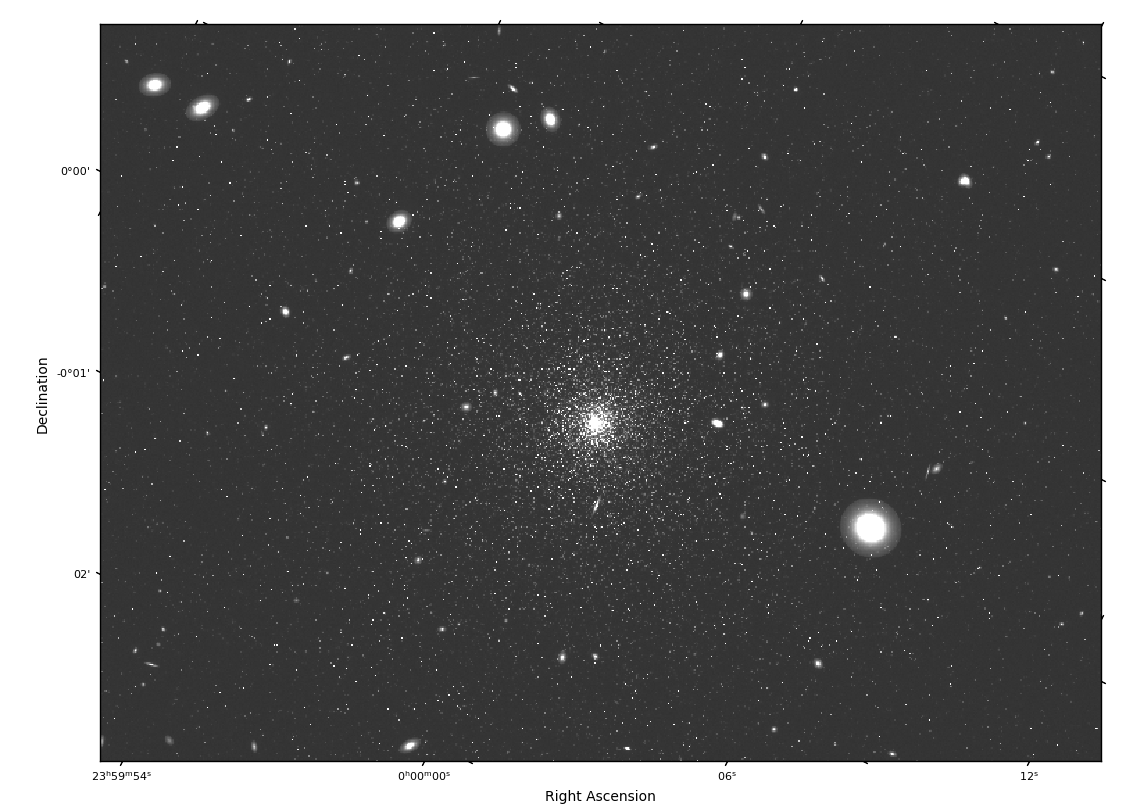For documentation and installation instructions please visit https://stips.readthedocs.io
STIPS is the Space Telescope Imaging Product Simulator. It is designed to create simulations of full-detector post-pipeline astronomical scenes for the Nancy Grace Roman Space Telescope's Wide-Field Instrument (WFI). STIPS has the ability to add instrumental distortion (if available) as well as calibration residuals from flatfields, dark currents, and cosmic rays. It automatically includes Poisson noise and readout noise. It does not include instrument saturation effects.
STIPS is intended to produce quick simulations of Level 2 (L2) images, and is provided for cases where Pandeia does not provide a large enough simulation area (e.g., full-detector or multiple-detector observations). STIPS obtains its Roman instrument and filter values from Pandeia, so it should produce output within 10% of output produced by Pandeia.
STIPS does not start with Level 1 (L1) images and propagate instrumental calibrations through the simulations. While it does have the ability to add error residuals (representing the remaining uncertainty after pipeline calibration), these residuals are not validated against actual pipeline calibrations of L1 images. STIPS is not the ideal choice if extremely good instrumental accuracy is needed. Pandeia is the preferred tool for high-accuracy observations.
Developed by Brian York (@york-stsci), Robel Geda (@robelgeda), and O. Justin Otor (@ojustino). Python ePSF code developed by Sebastian Gomez (@gmzsebastian) based on Fortran code developed by Andrea Bellini (@AndreaBellini).

